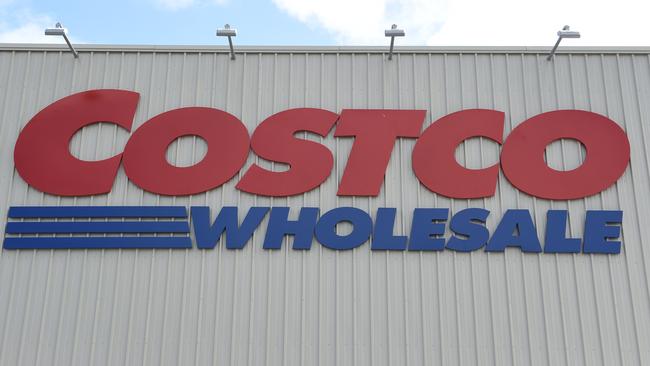Is it too late to resuscitate our great retail brands?
THE Australian retail sector has never birthed a major brand good enough to export. Here’s what they need to do to survive global competition at home.
I VISITED Costco on Boxing Day. They weren’t even having a sale but it was still busy.
People were spending a lot of money in there. A lot.
Costco is thriving — the American behemoth suddenly has eight mega warehouses open in Australia, including three in Melbourne.
The discount chain is now capturing a lot of the spending that would once have gone to Aussie retailers.
2015 was the year big Aussie retail brands started to wilt.
Woolworths seems to be being outfought by Aldi.
Myer is being flogged by the likes of H & M, TopShop and Uniqlo.
Dick Smith is in strife and Masters is being beaten by another Aussie — Bunnings.
Will 2016 be the year we lose these Aussie retail names?
It could be.
The Australian retail sector has never birthed a major brand good enough to export. We don’t see David Jones on the streets of London. There’s no Coles in New York or Shanghai.
But to be good enough to survive in Australia now, Aussie retailers can’t just be better than the best local brand. They need to be better than the best global brand. Because the best global brands are coming here in droves.
Whenever a new global brand opens in Australia there is excitement. Krispy Kreme’s doughnuts, Netflix’s movies or Zara’s fashion. We give it a go and happily adopt it if it’s good.
No wonder proven brands like Marks and Spencer are rumoured to be sniffing around, and Aldi-clone Lidl is also thinking about making a splash.

Michael Bate is Head of Retail for Colliers International. He calls the current era “an unprecedented period of disruption.”
“The march of international retailers into our country is nothing new, but the second, third and fourth wave of these will continue to come,” he says.
While all this is going on, local retailers are mucking round worrying about the GST threshold. Witnessing this is like watching a swimmer practising their stroke technique as a shark bears down on them.
The global threat comes at a tough time for Aussie retail. It is a tough category and it’s not just because of the internet. The pace of spending growth itself has been timid as people keep devoting a greater share of their spending to services and less to goods.

Have you noticed the main street near you now has a gym, a nail salon and a physiotherapist where there once were shops that sold actual stuff? This graph is why.
Yet foreign raiders like Costco and Aldi show us it’s still possible to put together a retail business model that Aussies find compelling.
What our brands must do in 2016 is approach things differently. This seems like highly obvious advice, I know.
But this first step is harder than it looks. Doing things differently means there is a risk things go totally wrong quickly. Most brands would rather things went wrong slowly, even though the endpoint — irrelevance — is the same.
But to survive into the future retailers need to take risks now.
Here are three big ideas that can help them:
1. SERVICES
Don’t just sell a good and wave goodbye. Become more like a nail salon or a bar, where customers consume the product in the store. This makes you far more valuable and far harder for the internet to hurt. If your current products can’t be used in store? Maybe change what you sell.
2. SERVICE
This is a slightly different point. The more retailers can offer great service in store, the better they’ll be able to win customers — not just from other stores, but also from online retailers who can’t match that personal touch — not yet anyway.
3. HOME BRANDS
Aldi and H & M have taught us one thing — brands are not as valuable as we thought. Aldi only has to stock brands in one or two key product categories — things like Milo and Tim Tams. In most other categories we’re happy to buy whatever. Retailers that depend on selling someone else’s brand could be in trouble, but home brands are the way of the future.
If they do all this right, it could be American shoppers spending their Boxing Day sales inside a brilliant Australian retailer. If we don’t at least aim for that sort of global relevance, we’re doomed.
Jason Murphy is an economist. He publishes the blog Thomas The Think Engine. Follow him on Twitter @jasemurphy.




